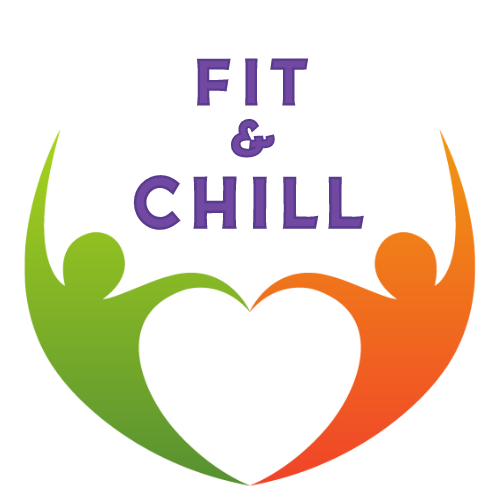Benefits of The Alternate High Kick
- Lower Body Strength: “Alternate High Kick” targets the muscles of the lower body, including the quadriceps, hamstrings, glutes, and hip flexors, helping to strengthen and tone these muscle groups.
- Core Engagement: Balancing on one leg and performing the kicking motion engages the core muscles, including the abdominals and obliques, enhancing core strength and stability.
- Flexibility: Performing high kicks helps improve hip flexibility and range of motion, reducing the risk of injury and enhancing overall mobility.
- Balance and Coordination: Balancing on one leg while kicking challenges balance and coordination, improving overall motor skills and movement efficiency.
- Cardiovascular Endurance: The dynamic nature of the exercise elevates the heart rate, providing cardiovascular benefits and improving endurance.
Tips for Beginners:
- Start Slow: Begin with a slower pace to focus on proper form and balance before increasing speed or intensity.
- Focus on Form: Pay attention to proper kicking technique, aiming to fully extend the leg while keeping the torso stable and upright.
- Use Support: If needed, perform the exercise near a wall or sturdy surface for support and balance.
- Control the Movement: Perform the kicks with control, avoiding swinging or jerking motions to prevent injury.
- Listen to Your Body: If you experience any discomfort or pain, reduce the intensity or take a break. It’s important to listen to your body and avoid overexertion.



Leave A Comment